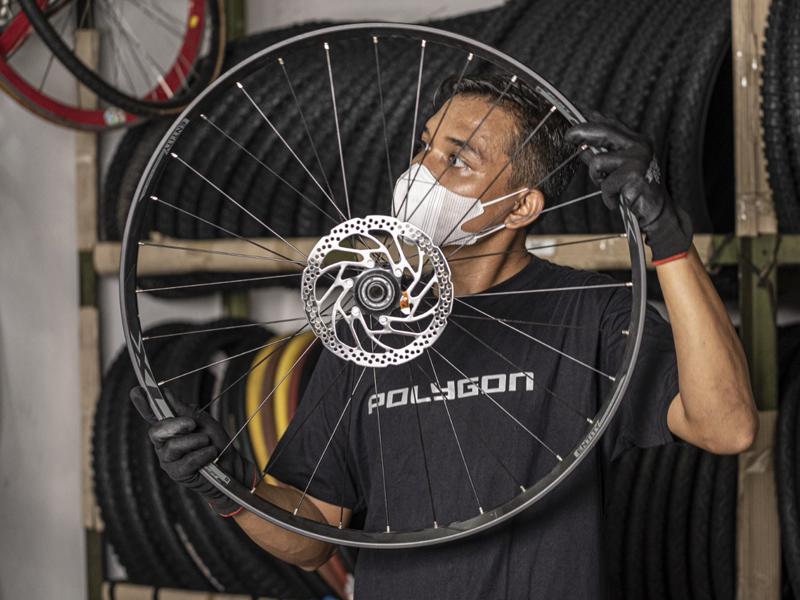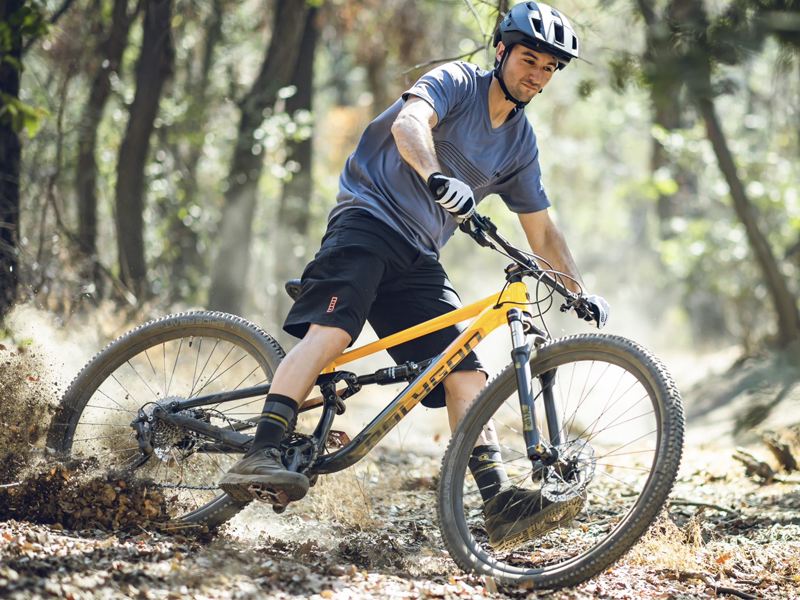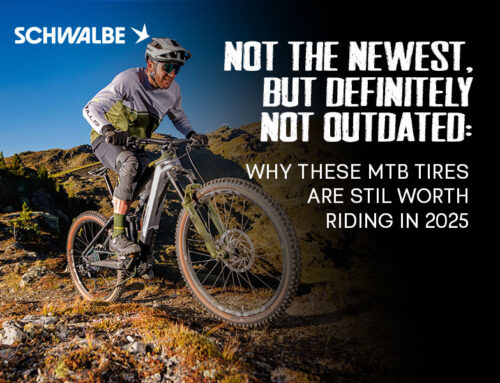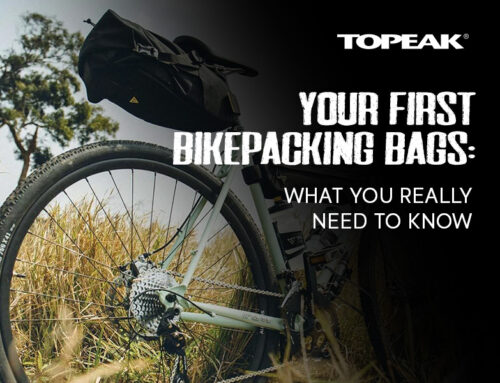Mountain biking can be an incredibly fun adventure, but it can also take a toll on your equipment. The wheels are one of the most commonly overlooked parts of a mountain bike. Riders often don’t realize that their wheels are damaged because they use them so frequently and assume any wobbling or loss of traction is just part of the terrain. However, damaged wheels can compromise the performance and even lead to dangerous accidents on the trail, reddit. In this article, we’ll explore the signs of damaged wheels on an MTB and wheels that need an upgrade.
1. Broken Spokes

Broken spokes are a common problem that can happen to the wheels of your bike. Spokes are thin metal rods that connect the rim of your wheel to the hub, and they play a crucial role in keeping your wheel stable and robust.
Initial sign
Signs of initial damage to a spoke may include a wobbly wheel or a clicking sound. Riders may also notice that the wheel feels odd, meaning it is not perfectly round. If the initial damage is caught early, riders can often get by with a simple spoke replacement, a relatively quick and inexpensive fix.
Severe Sign
Signs of severe spoke damage include multiple broken spokes or spokes that have become so loose that they can no longer be tightened. At this point, the wheel will likely be significantly out of true, making it difficult or unsafe to ride. To address severe damage, riders may need to replace multiple spokes or even rebuild the entire wheel. This can be a more expensive and time-consuming fix.
Catastrophic Sign
In some cases, spoke damage can progress to catastrophic levels, where the wheel completely fails and collapses while the rider is in motion. This is an extremely dangerous situation that can result in injury or worse. Signs of catastrophic damage may include a loud popping or snapping sound, or sudden and severe wobbling or shaking of the wheel. Riders must address this sign promptly by going to a professional bike mechanic to fix or change the spokes completely.
2. Dented Wheel

The next common issue that riders may encounter is a dented or dinged wheel. This can happen when the wheel hits a pothole or other obstacle on the road, causing a dent or ding in the rim.
Initial sign
The initial signs of a dented wheel may include a slight wobble or clicking sound when you ride. If you notice these signs, it’s important to have your wheel inspected by a professional bike mechanic as soon as possible. With prompt attention, a simple spoke replacement may be all that’s needed to fix the problem.
Severe Sign
Signs of severe damage to a dented wheel may include the wheel becoming significantly out of true or developing a noticeable flat spot. This can result in a rough and uncomfortable ride, as well as reduced performance. At this point, riders may need to replace the wheel or have it professionally repaired. Depending on the severity of the damage, this can be a more expensive and time-consuming fix.
Catastrophic Sign
If a dented wheel is ignored for too long, it can progress to catastrophic damage, where the wheel fails completely while the rider is in motion. This can result in serious injury or worse. Signs of catastrophic damage may include a loud popping or snapping sound, or sudden and severe wobbling or shaking of the wheel, and a complete replacement is unavoidable.
Read more: Reduce MTB Mechanicals With 5 Easy Steps
3. Buckled Wheel

A buckled wheel, also known as an untrue wheel, is a common problem that can affect the performance of MTB. This occurs when the rim of the wheel becomes bent or warped, causing it to wobble as it spins. It’s worth noting that a buckled or untrue wheel can have a more significant impact on a rider’s performance and safety compared to a dented wheel, as it can cause noticeable wobbling, a bumpy ride, and even difficulty steering or braking.
Initial sign
In the initial stage, a rider may notice a slight wobble or side-to-side movement of the wheel as they ride. A clicking sound may also be audible. Addressing the issue early on is important to prevent further damage. At this stage, the wheel can potentially be trued by adjusting the spokes.
Severe Sign
If a buckled wheel is left unaddressed, it can become severely untrue. A more significant wobble or up-downward movement of the wheel may be noticed, and the wheel may rub against the brakes or frame of the bike. This can lead to discomfort, further damage, and may require professional assistance from a mechanic using specialised tools to true the wheel.
Catastrophic Sign
If a buckled wheel is neglected for an extended period, it can result in catastrophic damage, where the wheel may fail entirely during a ride. This can be hazardous and result in serious injury. Indications of catastrophic damage may include a loud popping or snapping sound, sudden and severe wobbling or shaking of the wheel, or the wheel collapsing. At this point, the wheel may need complete replacement.
4. Using It Too Much

Bike wheels have a limited lifespan. Over time and with regular use, the wear and tear on the wheels can cause them to degrade and lose their structural integrity. It’s essential to keep track of the distance you ride on your bike and to regularly inspect your wheels for signs of wear and tear.
The frequency of replacing MTB tires depends on various factors such as the terrain you ride on, the frequency of use, and the type of tire you use. It’s recommended to replace MTB tires every 4,000 – 8,000 kilometres or 2-4 years reddit, whichever comes first. However, it’s essential to inspect your tires regularly for signs of wear and tear, such as tread wear, cracks, and cuts. If you notice any significant damage or wear, it’s best to replace the tire immediately to prevent accidents or blowouts.
Conclusion:
Riders must be aware of the signs of damaged wheels and have them fixed or replaced promptly to prevent further damage or accidents. Broken spokes, dented wheels, buckled wheels, and excessive wear are some of the signs that indicate the need for attention. Initial signs of damage can often be addressed through simple fixes, but severe or catastrophic damage may require professional assistance or complete wheel replacement.
If you’re not sure about the problems with your tires or how severe the problems are, check out our nearest service centre so your bike can get a proper fix so you can get back to the trail without worry.






